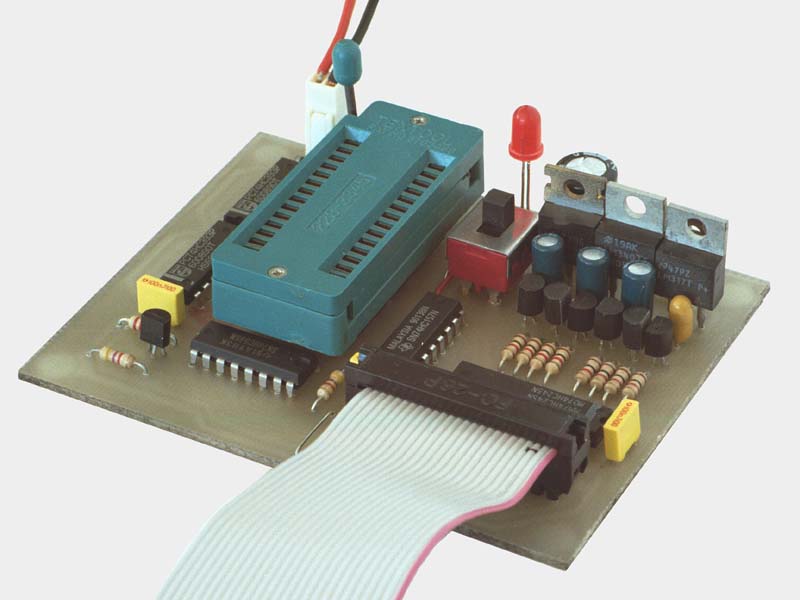
- #Parallel port eprom programmer install
- #Parallel port eprom programmer drivers
- #Parallel port eprom programmer windows 10
- #Parallel port eprom programmer download
#Parallel port eprom programmer download
#Parallel port eprom programmer windows 10
I found that my motherboard had a parallel port header on it, and I just had to buy a bracket from Amazon. I also have a PCIe parallel port card, which played nice with Windows 10 but would NOT work with VirtualBox for some reason. You do need to find a motherboard with a parallel port which might be difficult.

Windows 10 seems to have restored access to the parallel port which is great. File transfer still annoying but can be scripted. Using a modern computer with a DOS virtual machine - best solution. This computer wouldn't detect the PCI parallel port card I had.
#Parallel port eprom programmer install
Basically the same experience as above, except it was a little easier to install FreeDOS using a USB drive since the motherboard supported booting from USB. Surprisingly, modern computers will still support DOS. Using a modern computer with MS-DOS or FreeDOS - same as above, but parallel port PCI cards might not work. More on networking in the VirtualBox section.
#Parallel port eprom programmer drivers
I explored networking in DOS but finding packet drivers and setting it up is a nightmare. One bonus is that a computer this old will likely detect PCI parallel port cards if you want more than one. I also had issues in finding files in DOS that I had recently put on the USB drive from the new computer. The effect here is that sometimes I would read a ROM, write to the USB drive, remove it from the Pentium II and put it in the new computer, but the file is not there. My guess is that there's some sort of memory buffer that needs to be filled before the USB drive is actually written to. Unfortunately the problem here is that this hotplug idea doesn't work reliably. MS-DOS 7.1 and FreeDOS both support mounting USB flash drives as storage so I thought I could basically hotplug the USB stick between this Pentium II and my modern computer to send ROMs back and forth. For whatever reason, the resulting USB drive will half-boot and then crash. *Random note: It seems like Windows 10 coupled with the image writing program Rufus doesn't work anymore. This was hilariously hard because I hadn't needed to burn a CD in years and my most-modern computer didn't even have an optical drive. This motherboard wouldn't boot from USB so I had to use an MS-DOS installation CD-ROM. I had an old Pentium II computer, which had a parallel port and a few USB ports. I didn't spend too much time on this solution. Using a very old computer with MS-DOS or FreeDOS - works but file transfer is inconvenient. There are several ways to make use of them in modernity. I have found these older Parallel Port devices to work better for older chips, since they were designed in the time that the chips were prevalent.

Saves you from throwing out working chips! When this happens, the older programmers seem to read them consistently. If it's different, either the chip is bad or the programmer is not quite tuned right to read the chip. When using the USB readers, I typically read each chip twice to make sure that the checksum is the same both times.

Symptoms would be failed burns and inconsistent reads. Unfortunately a great many arcade games use ROMs of this size. My main complaint is that they have issues both reading and writing older devices (64K or less, like 2764, 2732, 2716, 2708, etc). They have 64-bit Windows drivers so they work fine on modern systems. The GQ-4X and MiniPro are both relatively new, inexpensive programmers.


 0 kommentar(er)
0 kommentar(er)
